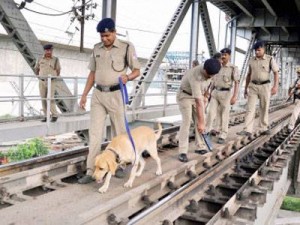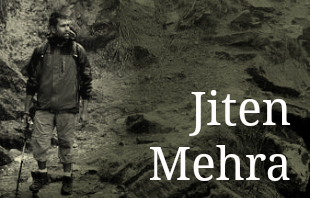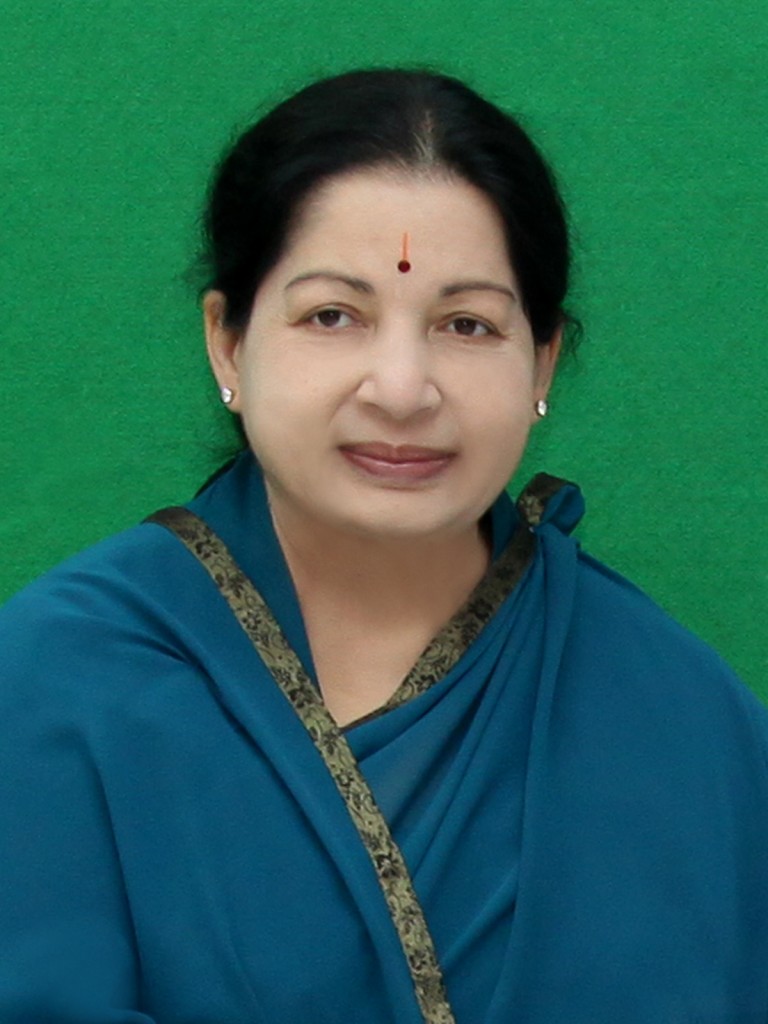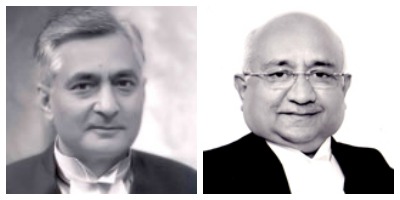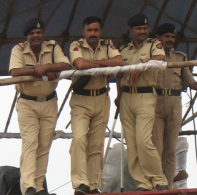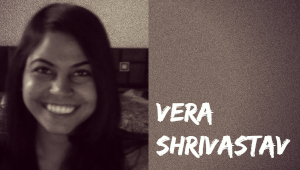 In 2011, the Supreme Court of India set up a panel to deliberate potential amendments to the law on sex work, suggest measures to rehabilitate sex workers, and ensure their basic citizenship rights. Recently, the chairwoman of the National Commission of Women, Lalitha Kumaramangalam, declared her stance in favour of the legalisation of sex work.
In 2011, the Supreme Court of India set up a panel to deliberate potential amendments to the law on sex work, suggest measures to rehabilitate sex workers, and ensure their basic citizenship rights. Recently, the chairwoman of the National Commission of Women, Lalitha Kumaramangalam, declared her stance in favour of the legalisation of sex work.
The Immoral Traffic (Prevention) Act, 1956, (“ITPA”), the only Indian law specifically covering prostitution in India, was passed to give effect to India’s international obligations under the United Nations Convention for the Suppression of the Traffic in Persons and of the Exploitation of the Prostitution of Others, 1950 and also to uphold the freedom against exploitation guaranteed under the Constitution of India.
The prohibitions in the ITPA
Under the ITPA, prostitution is defined as the sexual exploitation of women for commercial purposes. It does not criminalise sex work per se. It is not illegal to carry out sex work within the private confines of one’s home but sex work in or near public places and the soliciting of clients for the purpose of prostitution are criminal acts. It also criminalises the facilitation of the acts of kerb crawling, owning and managing brothels (more than one prostitute constitutes a brothel), pimping, procuring, and trafficking. In effect, the criminalising of prostitution has accorded an offender status to sex workers. Civil society has been largely insensitive to their forced sex work, the abusive customers, their poverty and lack of basic amenities, and most regretfully, their fundamental right to live with dignity.
In 2006, an amendment was proposed in the Parliament to decriminalise prostitution and the solicitation of clients under the ITPA. It also purported to strengthen the definition of trafficking but this bill promptly lapsed with the dissolution of the Fourteenth Lok Sabha. If passed, it would have provided sex workers with a large degree of protection from harassment by the police, social ostracism, and the exploitative network of pimps, traffickers, and abusive customers. Further, it would have embraced a victim-centric approach towards sex workers as opposed to the offender status accorded to them under the existing law.

Lalitha Kumaramangalam (left) and Bharati Dey
Amongst all the facilitating acts, the trafficking of sex workers is easily the most lucrative business for pimps and traffickers. It exploits minors and adults alike, who are often trafficked into the trade against their will and better judgment. Given that the social fabric of India highly stigmatises prostitution and given that sex workers are not legally recognised, the number of sex workers in India who freely choose this means of livelihood, without being driven or trafficked into it by poverty, illiteracy, and the lack of other viable alternatives, are few. While the statistics of the Ministry of Women and Child Development had estimated over 3 million sex workers in India a few years ago, the Human Rights Watch pegs the number at a much higher 20 million sex workers. A 2013 report by Dasra Foundation also estimates the number of sex workers in India at 20 million, of which 80 per cent are victims of trafficking.
Under the ITPA, trafficking was not defined comprehensively and the measures were ineffective in curbing it. To remedy this, the Verma Committee in 2013 recommended the adoption of the definition of ‘trafficking’ from United Nations Palermo Protocol which classifies trafficking as an offence if done for the purpose of exploitation. This definition has been incorporated in Section 370 the Indian Penal Code, 1860 by the Criminal Law (Amendment) Act, 2013.
Abolition versus legalisation
The approach towards trafficking is a contentious point between two opposing viewpoints on sex work. There are the abolitionists who advocate abolishing the sex work industry altogether and who consider trafficking a crime in itself and then there is the pro-legalisation group who recognise the sex work industry and the accompanying trafficking as part of the trade, as long as it is not done for exploitation.
Apne Aap Women Worldwide and a number of other NGOs and activists advocate a third way between abolishing and legalising sex work. They advocate the decriminalisation of the sex worker, penalising and educating the customers, and criminalising the traffickers.
Apne Aap strongly feels that “prostitution is inherently exploitative and unequal and is in reality an absence of choice, not a choice. Women who have been prostituted must have their basic rights recognised and safeguarded but this must not be confused with the issue of legitimising the sex trade and creating a section of ‘sex workers’ as an employment avenue, such that women from poor and socially oppressed backgrounds, or women lacking education and skills fall prey to the pressures of the market economy, to serve the interest of the profiteers such as pimps, traffickers, procurers, running this trade. The prostituted woman is completely controlled by an exploitative network of pimps, recruiters, brothel managers, money lenders, muscle men and organised crime networks who actually take most of the money a prostituted woman makes from sale of her body, leaving her into a vicious debt cycle”.
An opposing viewpoint is provided by Bharati Dey, the President of the All India Network of Sex Workers and the Secretary of the Durbar Mahila Samanwaya Committee, who leads the pro-legalisation campaign. Sex work, she says, should be treated as labour and should be brought under the purview of labour laws and policies of the state so that sex workers can live with dignity and enjoy workers rights. She also believes that once the sex work industry is regulated under labour laws, the ITPA will serve no purpose and ought to be repealed. Ms. Dey’s vision encompasses a scenario where the sex workers are empowered and self–reliant. She proposes a self–regulatory board as well as an anti-trafficking board, which will be constituted of and managed by the sex workers themselves. This way, the sex workers union will be able to closely supervise and segregate the women who join the trade of their own free will and those women including minors who are trafficked into the trade. For the latter and those who wish to opt out of this means of livelihood, she proposes to involve the government for long-term rehabilitation measures.
Some NGOs and activists also believe that legalising sex work will prevent the spread of HIV/AIDS and other sexually transmitted diseases, provide access to health facilities, education opportunities, and financial inclusion in society as well as prevent exploitation but there is no conclusive study to support that legalisation will improve the conditions of sex workers.
Most parts of Asia, Africa, and the United States have criminalised prostitution while most of Latin America and Europe legalise prostitution or regulate it in some way. Germany and Netherlands, the leading examples of countries which have legalised prostitution, are still facing problems of illegal trafficking of women from less prosperous countries, links with organised crime syndicates, and drug abuse. Conditions amongst prostituted women have not improved noticeably. Sweden is a prime example for the decriminalisation model. Sweden has decriminalised the sex worker and offered rehabilitation measures, but has criminalised the traffickers and customers. This Nordic model has been adopted in Norway, Finland, Iceland, Korea, Philippines, and Russia.
Any model that we adopt must provide solutions to the pressing issues of exploitation by the trafficking network, lack of access to health, prevention of diseases, safety measures for women, financial inclusion in society, and the right to live with dignity. Further, the government must ensure strong long-term rehabilitation measures for any sex worker who wishes to opt out of this means of livelihood.
(Vera Shrivastav is an Associate at LegaLogic law firm and is a part time researcher and writer.)
 On April 29,the Union Minister of State for Home Affairs announced in response to a question in Parliament that the government had no plans to criminalise marital rape. Illiteracy, poverty, societal customs, religious beliefs, and the general mindset of the society which treats marriage as a sacrament were put forward as reasons to not bring in any such amendment.
On April 29,the Union Minister of State for Home Affairs announced in response to a question in Parliament that the government had no plans to criminalise marital rape. Illiteracy, poverty, societal customs, religious beliefs, and the general mindset of the society which treats marriage as a sacrament were put forward as reasons to not bring in any such amendment.


